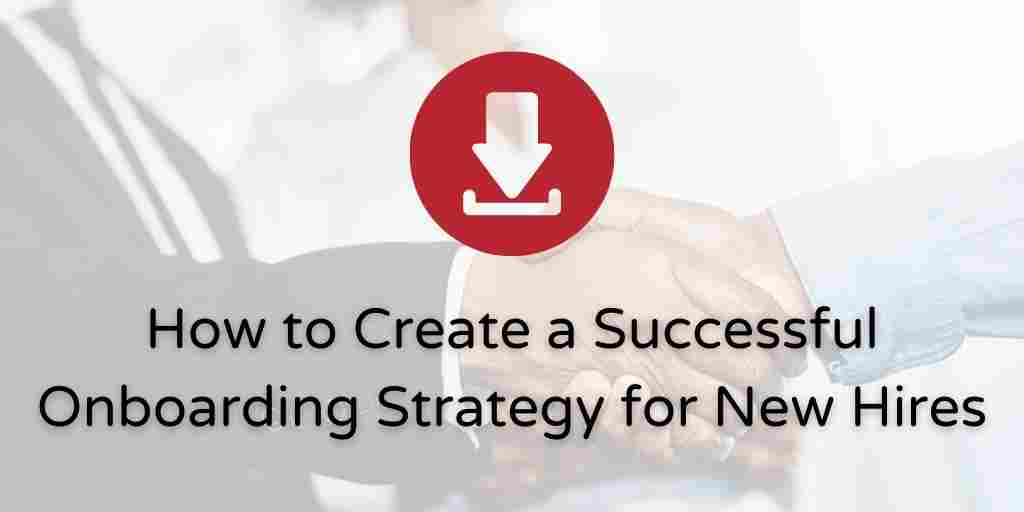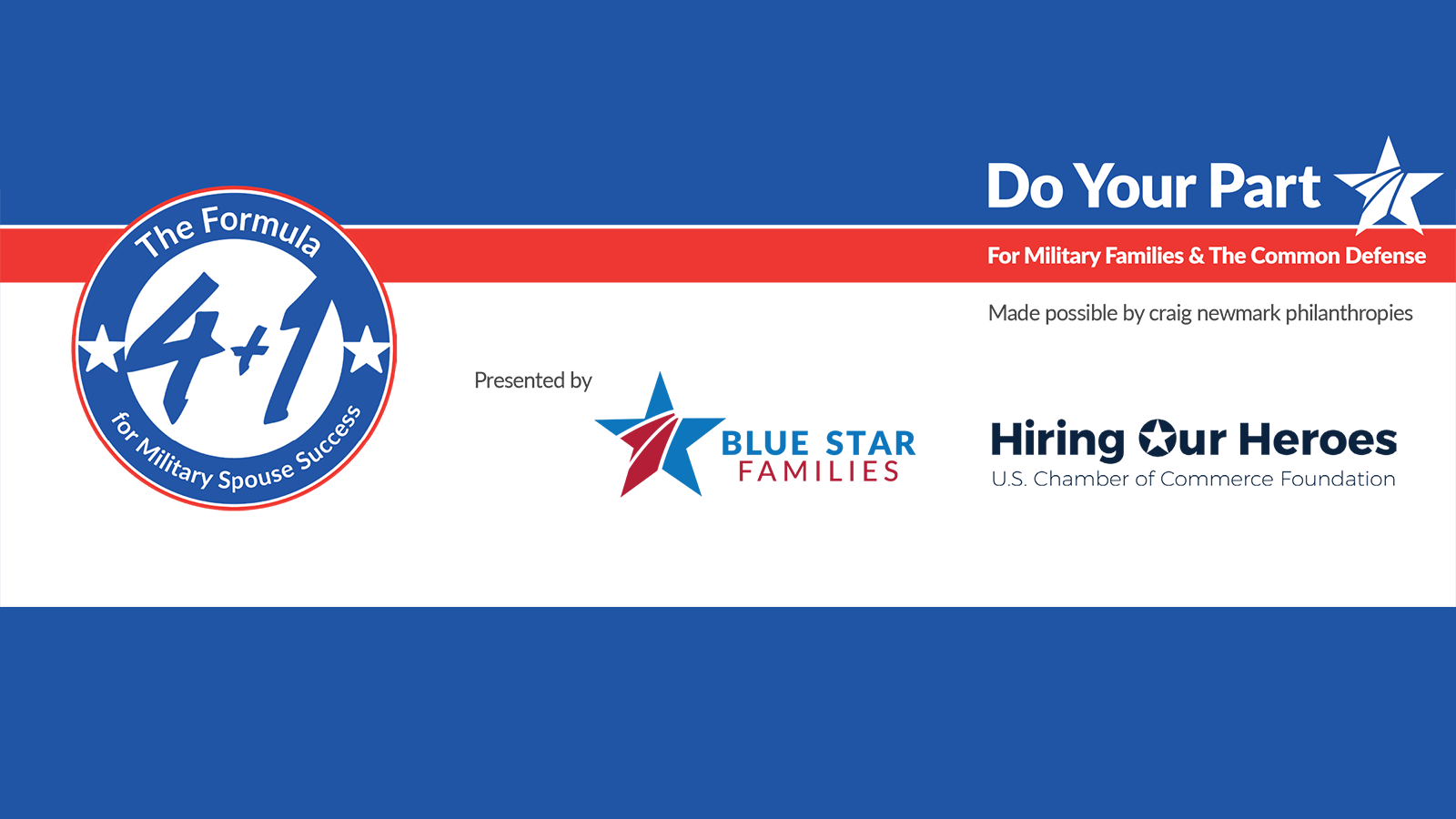
Develop an onboarding strategy that wins talent
Onboarding is arguably more important than ever before. With the talent shortage heightened and more than half the workforce expected to look for a new job in 2021, onboarding is critical. Engaging with workers as soon as possible helps integrate employees to your culture and retain them long-term. Our new hire onboarding infographic explains how to successfully onboard in three stages: the first 24 hours from offer acceptance, the first month after starting, and within the first 90 days.
Why have an onboarding process?
Today’s candidates are in the driver’s seat. With the deficit of available talent, candidates are receiving multiple offers, often on the same day. Even after they accept a position, they are still exploring other options. Engagement helps candidates commit to you and decrease the chances they will keep looking.
What is an onboarding plan?
Employers need to move fast when extending job offers and bringing them onboard. Companies will lose their qualified talent without a strong onboarding strategy, and may have to settle for a less qualified candidate. This hurts the bottom line due to longer position vacancy and increased training time.
What makes onboarding successful?
Follow these steps to a successful onboarding process:
Step 1: Within 24 hours after the offer is accepted, reach out to discuss next steps.
Capture the following in an email:
- Formal written offer with complete salary information
- The agreed-upon start date
- Benefits package
- Location terms (remote, in-office, or a hybrid)
- Where to go on their first day of work
- Helpful information about company work culture
- Drug screening consent form and instructions
- What to expect during the first week on the job
- Who to contact for additional support, e.g. mentorship, schedule flexibility, Veteran resources, their immediate supervisor
Step 2: Within the first month, give them the tools to further integrate into your organization and be successful.
- Introduce new hires to colleagues beyond their immediate team
- Provide training for skills development, company policies, and culture
- Establish a cadence of check-ins with the appropriate team members to keep a pulse on progress and address any concerns
- Set expectations for performance reviews
- Identify and introduce a mentor to help support each new hire
Step 3: By the end of 90 days, employees should be set up for long-term engagement.
- Establish and hold frequent opportunities for new hires to provide feedback, and managers should be doing the same
- Show their feedback is valued not only by capturing it (e.g. in a summary in email) but by creating next steps based on that feedback
- Continue to set goals and define expectations that move the new hire forward and avoid stagnation
- Provide ongoing opportunities for additional training and skills development
- Establish team-building activities to further integrate them into company culture
Visualize it
The onboarding process never truly ends. It requires ongoing communication and actionable steps that ensure each employee is succeeding in their role, as a member of the team, and part of the larger organization.
We know this can be a lot to digest. So we have compiled all this information in an infographic you can download, and keep handy as you work on the stages of onboarding at your company.
Archives
- March 2025
- February 2025
- October 2024
- May 2024
- March 2024
- February 2024
- January 2024
- December 2023
- November 2023
- October 2023
- September 2023
- August 2023
- July 2023
- June 2023
- May 2023
- April 2023
- March 2023
- February 2023
- January 2023
- December 2022
- November 2022
- October 2022
- September 2022
- August 2022
- July 2022
- June 2022
- May 2022
- April 2022
- March 2022
- February 2022
- January 2022
- December 2021
- November 2021
- October 2021
- September 2021
- August 2021
- July 2021
- June 2021
- May 2021
- April 2021
- March 2021
- February 2021
- January 2021
- December 2020
- November 2020
- October 2020
- September 2020
- August 2020
- July 2020
- June 2020
- May 2020
- April 2020
- March 2020
- February 2020
- January 2020
- December 2019
- November 2019
- October 2019
- September 2019
- August 2019
- July 2019
- June 2019
- May 2019
- April 2019
- March 2019
- February 2019
- January 2019
- December 2018
- November 2018
- October 2018
- September 2018
- August 2018
- July 2018
- June 2018
- May 2018
- April 2018
- March 2018
- February 2018
- January 2018
- December 2017
- November 2017
- October 2017
- September 2017
- August 2017
- July 2017
- June 2017
- May 2017
- March 2017
- February 2017
- January 2017
 RSS Feed
RSS Feed
Subscribe to Orion's Blog
Featured Blogs





.jpg)















